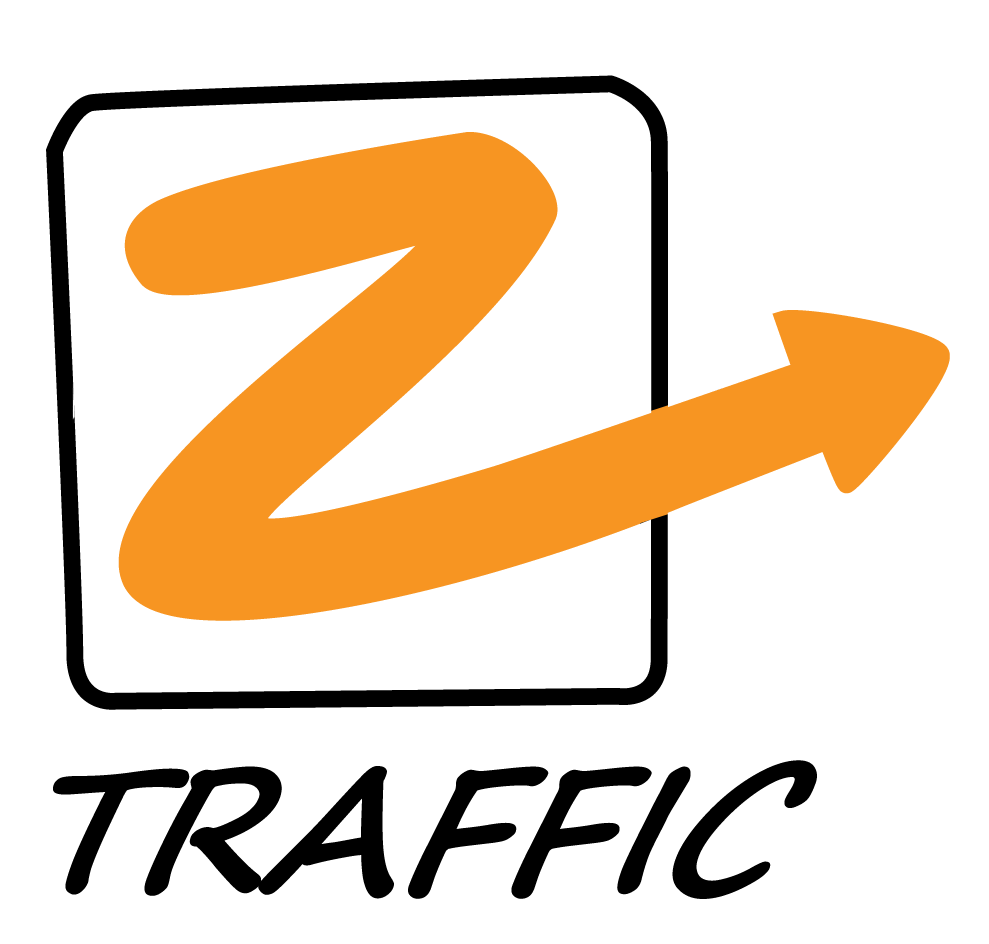Branding wasn’t something SEOs traditionally thought much about. The real wins were in non-branded keywords, where the traffic and conversions lived.
However, that changed when Google and OpenAI turned most of these queries into zero-click searches.
For the remaining queries, search...
Tag: digital marketing

One critical point customers ask during sales meetings, how to establish future requirements?
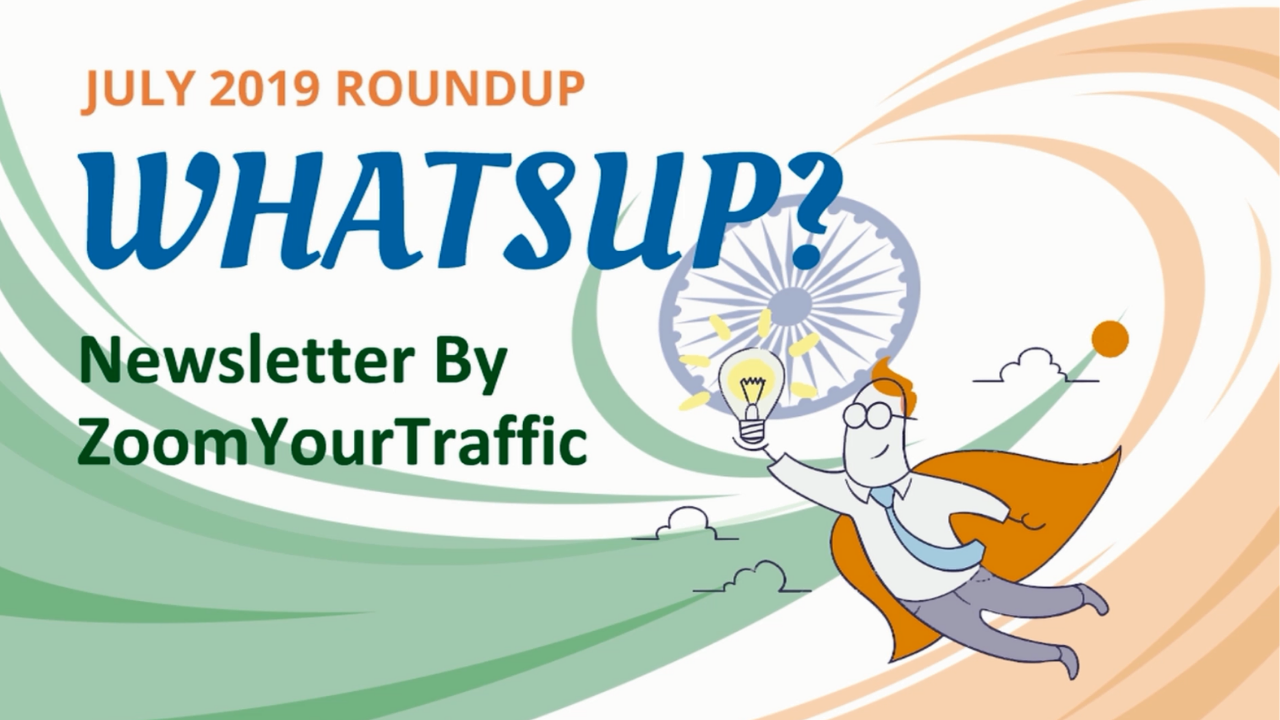
Welcome to ZoomYourTraffic (ZYT) Monthly WhatsUp Newsletter
What’s There For You?
• Action- Real business cases
• Business- Innovation, new business models, technology implemented
• Creative- Latest events & campaigns
• Disruption- Market & technology changes &...
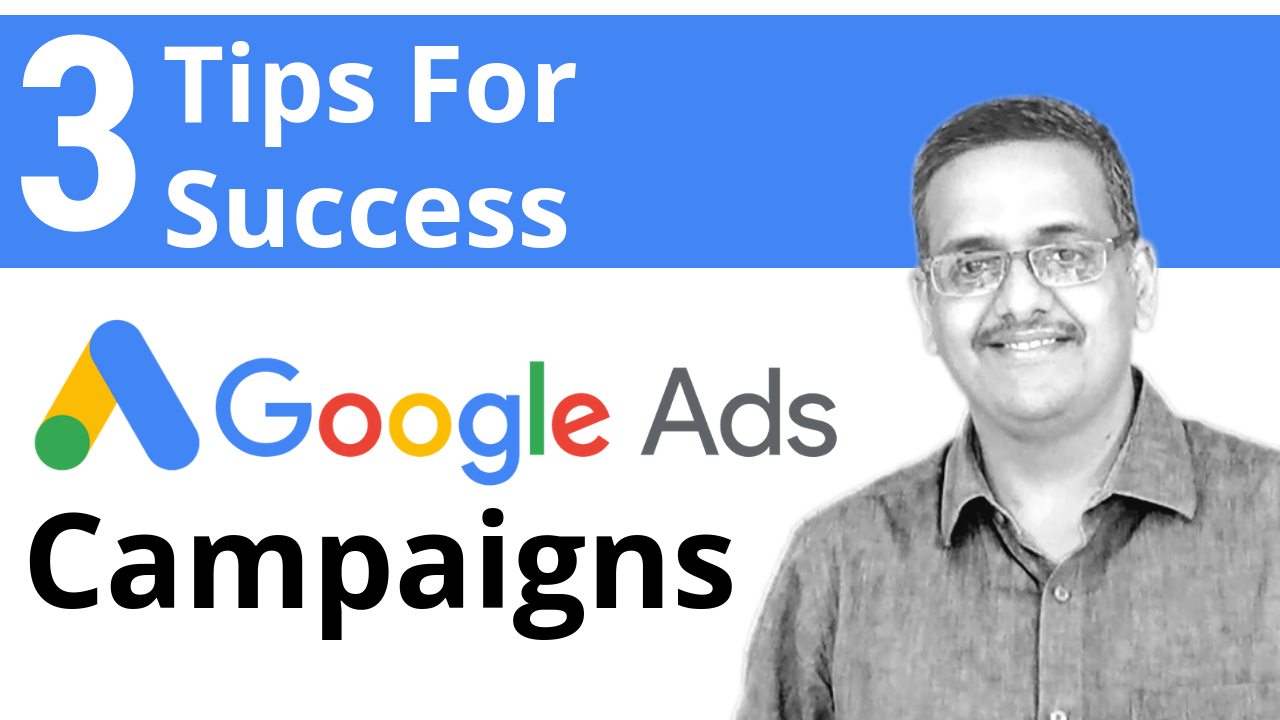
I keep receiving a lot of e-mails messages and interactions with customers, regarding their Google AdWords campaigns. Most of them feel that those campaigns are not yielding the right outputs for some reason and as you know these campaigns are expensive, planning those campaigns...
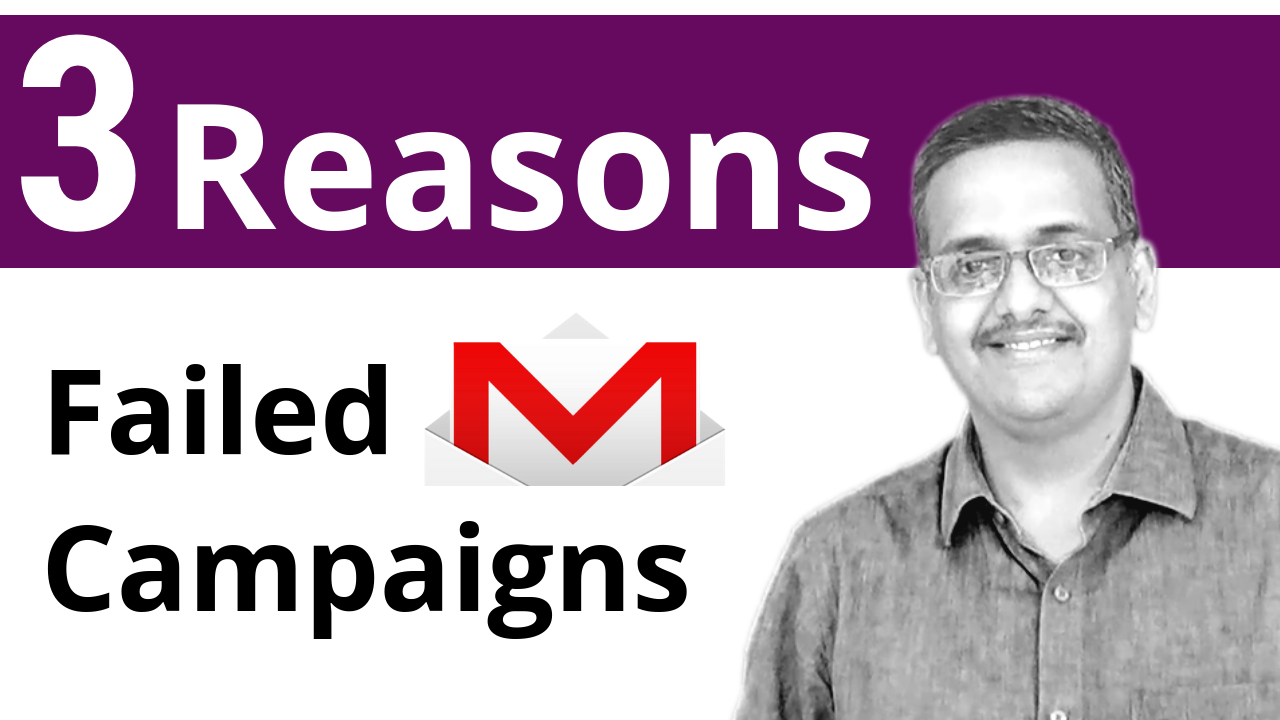
Hello everyone.
The other day I met up with the client and we were discussing his online promotion campaigns. And he asked me a typical question that they are relying a lot on email marketing for their business. But somehow they do not actually measure & yield ROI using that...
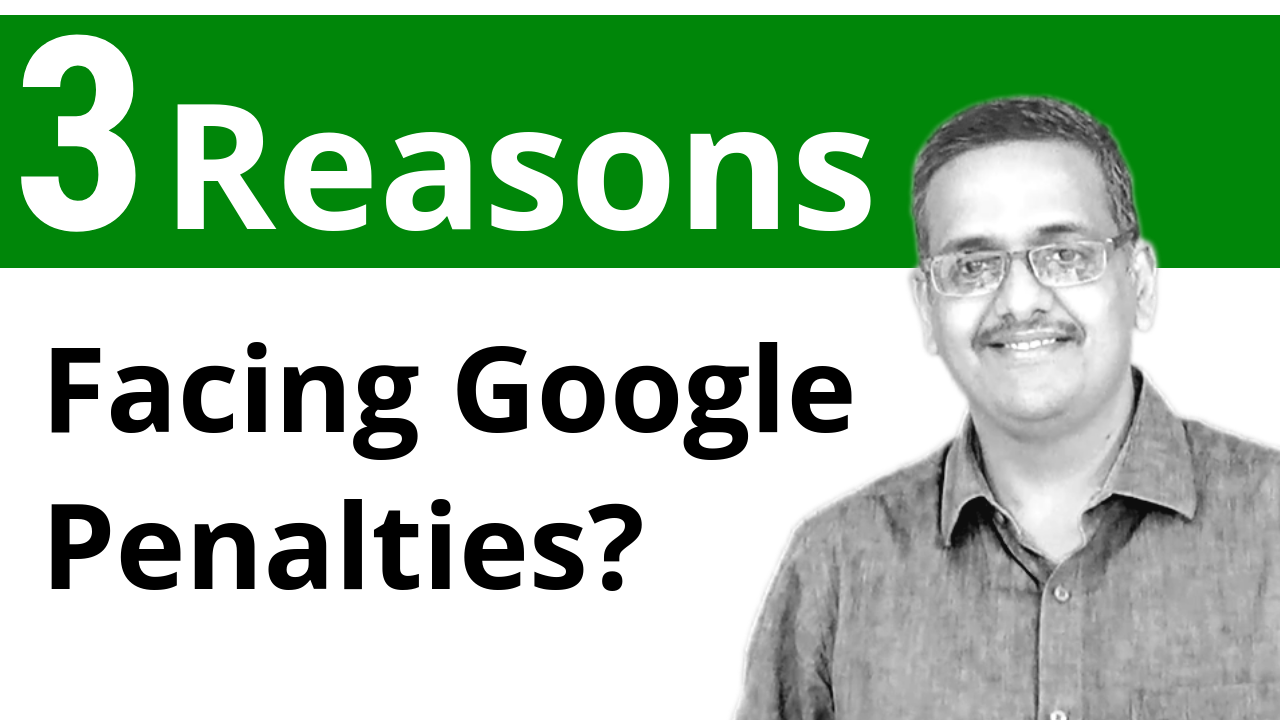
Google penalties is something that needs to be understood very carefully. A penalty will only be applied when something goes against their policy terms. Otherwise there’s been no penalty. So need to carefully understand, if there any violation of any term, policy or guidelines...
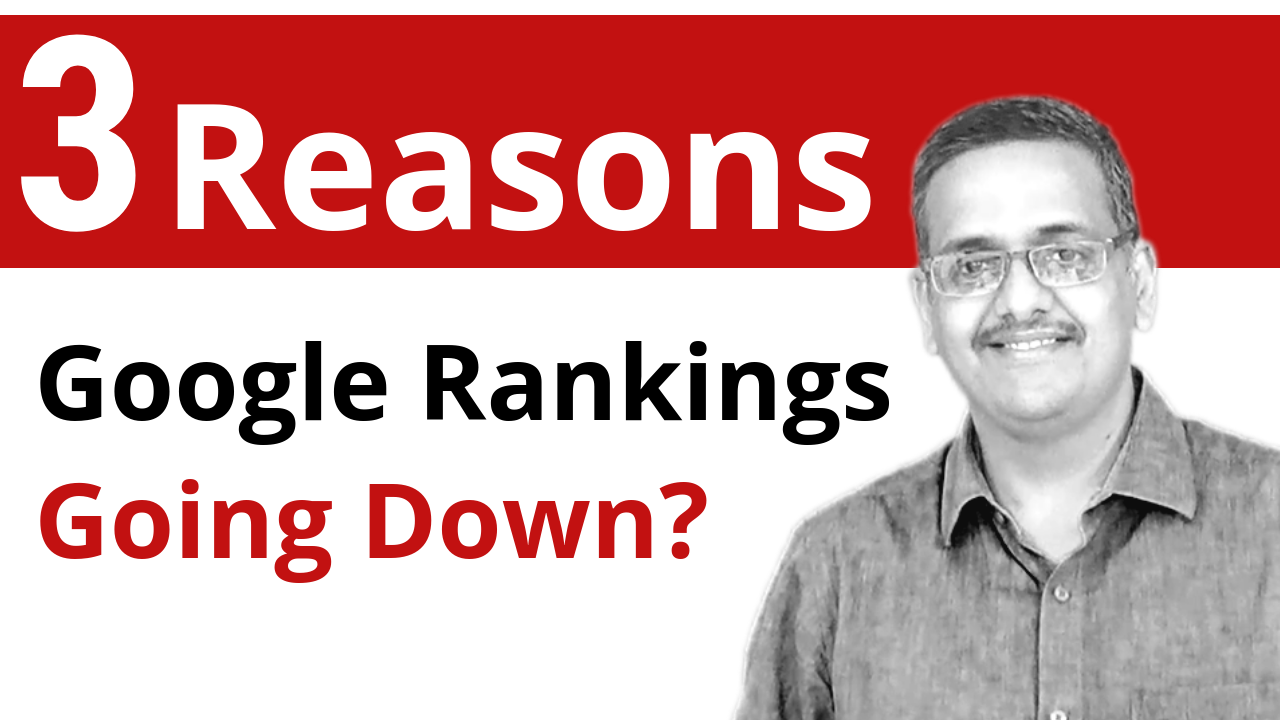
In this video we are going to talk about why your website not moving up on Google ranking?
This question is also for SEO & online marketers, but it is also relevant for business owners who are running their own SEO campaigns this could be useful for them as well.
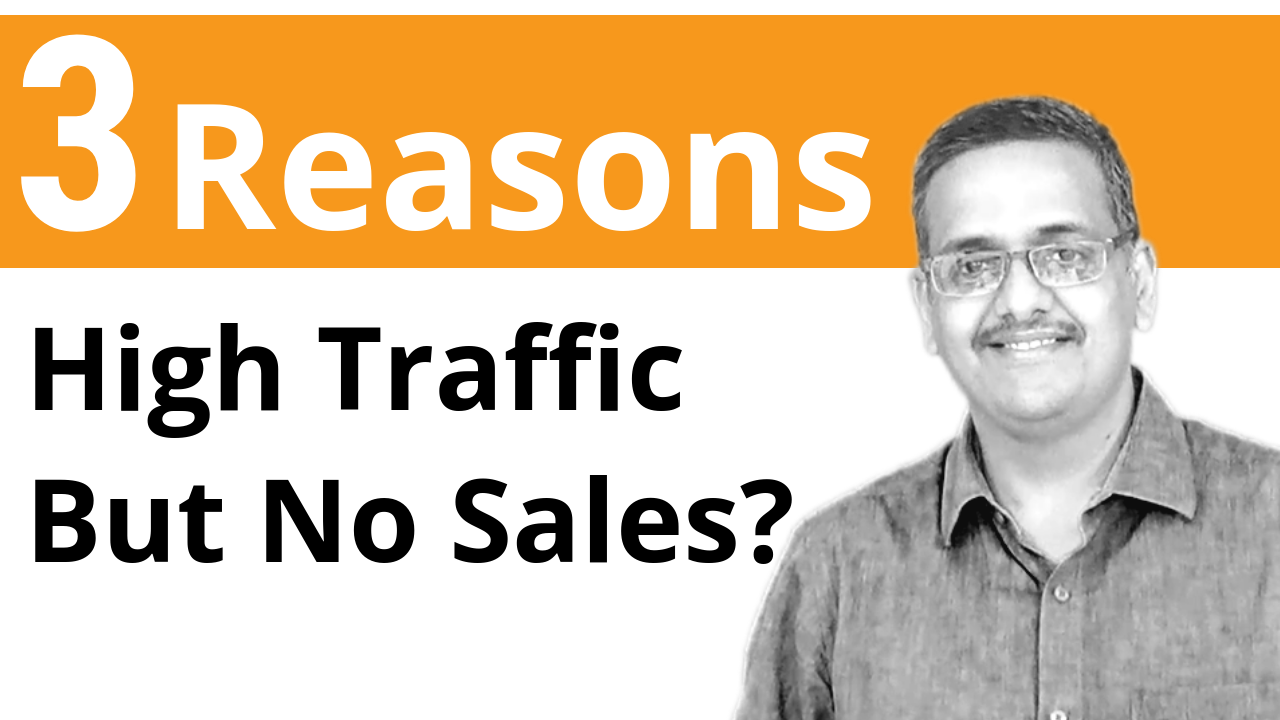
Hello everyone.
In this video, let’s find 3 Reasons why website traffic not converting into sales and could be the probable reasons?
Let’s get started.
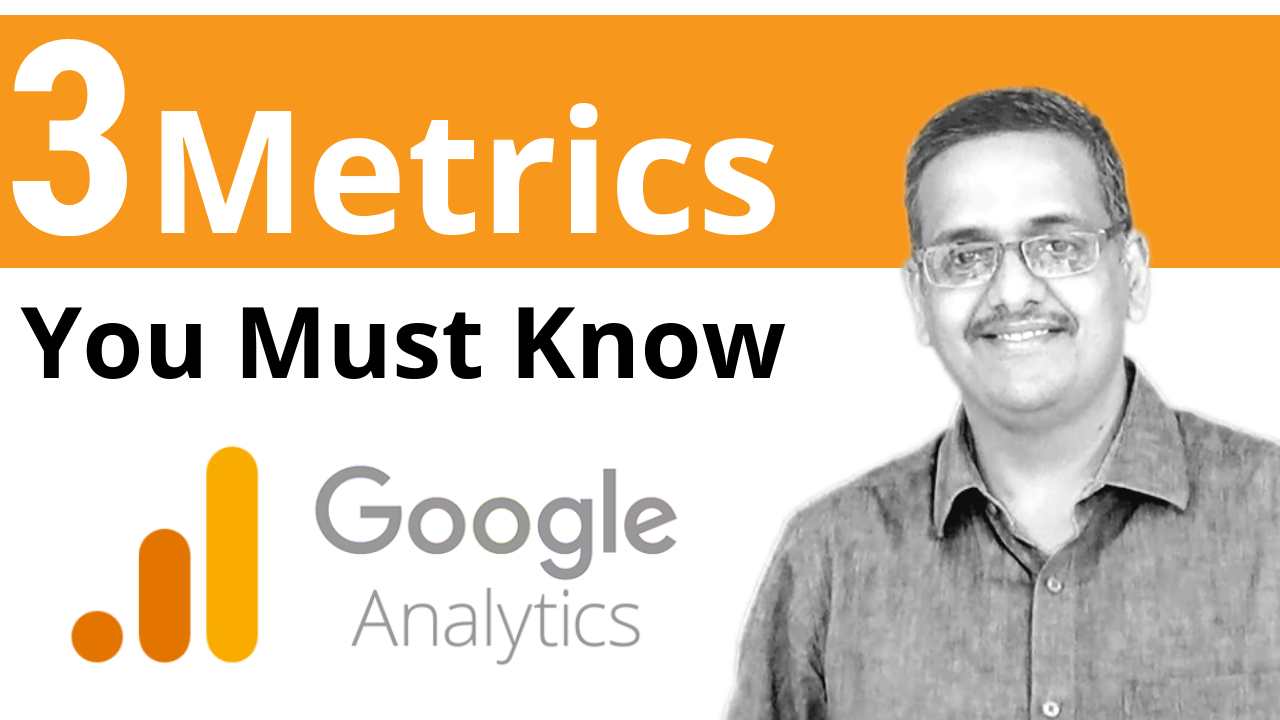
As a business, you must be running a lot of SEO and online promotional campaigns for your business either yourself or through agencies and you will be scanning through a lot of reports coming up at the end of every month using Google Analytics, which is the most widely used analytics...
- 1
- 2
